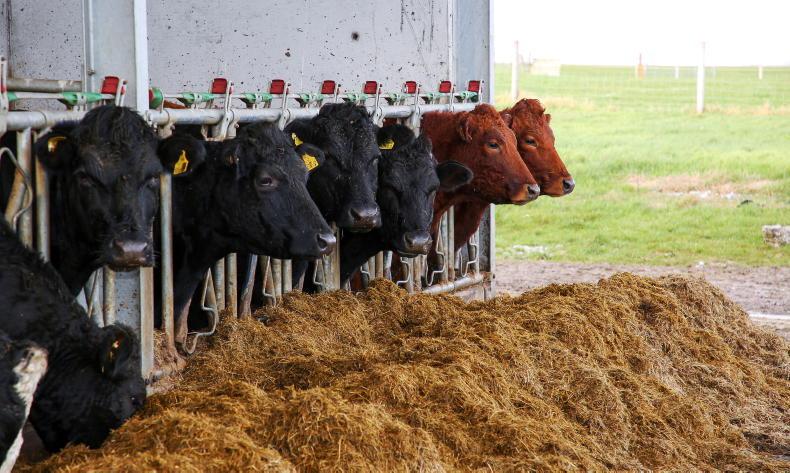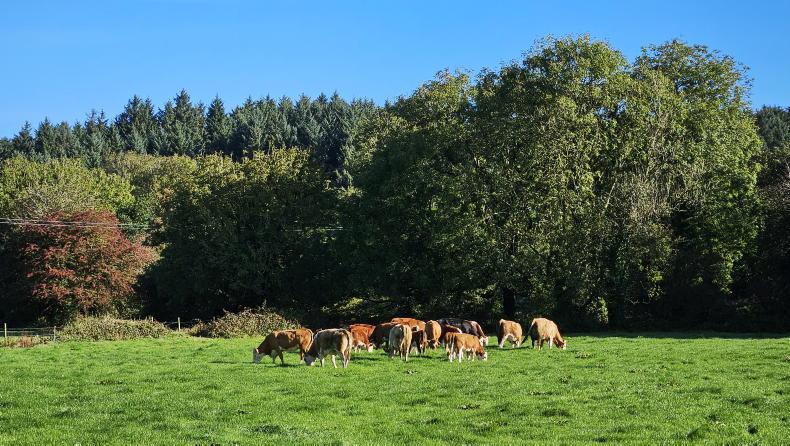After two years away, it is an exciting prospect to attend once again.
Moocall has always been about connecting farmers to their animals - the Ploughing and other shows have allowed Moocall to connect to their customers.
The calving sensor has proven popular with both suckler and dairy farmers alike, from those with one cow to those with hundreds.
What they all have in common is knowing the importance of having a live calf on the ground and the value placed on their own time, particularly during a busy calving season.
The Moocall Calving Sensor monitors movement of a cow’s tail, looking specifically for movement that is associated with contractions as labour begins.
You may often have seen a cow standing up holding her tail out - every farmer knows that sign as a calf is on its way.
When the sensor recognises contractions intensifying, a message is sent to the farmer’s phone alerting them that the process has begun and, all going well, two hours later, there will be a cow licking her newborn calf. A sight that most rarely tire of seeing.
Most cows will deliver their calf successfully if given enough time, but when this is not the case, that is where Moocall steps in
A difficult calving can be the result of different factors, whether it be a calf that is too large, a cow that is too tight, a calf coming backwards, upside down or something as simple as a foot facing down.
Mortality during calving can often be prevented by having an experienced hand present to intervene if the cow is unable to deliver the calf herself.
When a cow is left calving unidentified for too long without making headway is where most losses will occur.
The Moocall Calving Sensor alerts at the beginning of labour, that way a farmer can judge how long the birth has been in progress before deciding to intervene.
It is almost as important not to intervene too early as too late. What would have been a normal calving can turn into a difficult one if assistance starts before a cow has fully dilated.
However, most losses are prevented by ensuring a cow is not in labour for too long.
If three hours pass after Moocall’s initial alert, it is generally a good time to investigate and see what is happening.
If the calf is presenting correctly and there appears to be enough room in the birth canal, then she likely just needs more time. Every cow is different and will take it at their own pace.
At this stage, malpresentation may be identified and, if so, corrective action can be taken to deliver the calf safely.
Sometimes, it may not appear as if anything is happening with the cow, but, upon examination, she may have a very large calf that she is unable to push up into the birth canal or even a twisted uterus, where veterinary assistance will be needed.
Being there on time to observe is key.
Ploughing is on the way, as always keep an eye out for what offers may be in store!
Visit our stand at Ploughing: Block No 3, Row No 4, Stand No 63. Contact us on 01-969 6038 or visit www.moocall.com.










SHARING OPTIONS